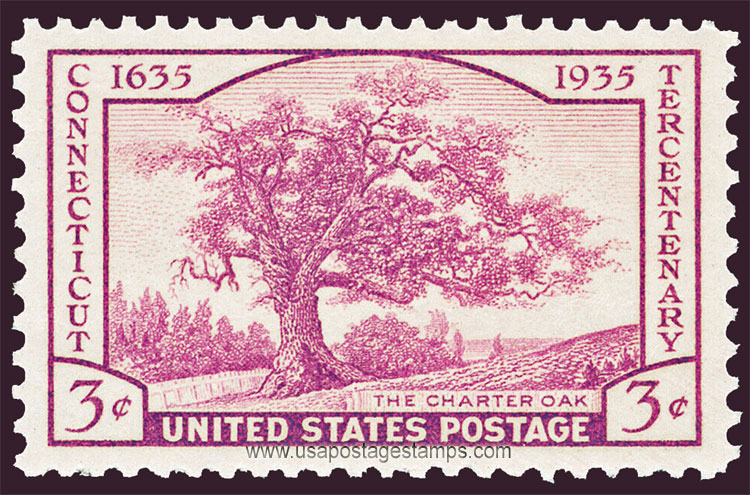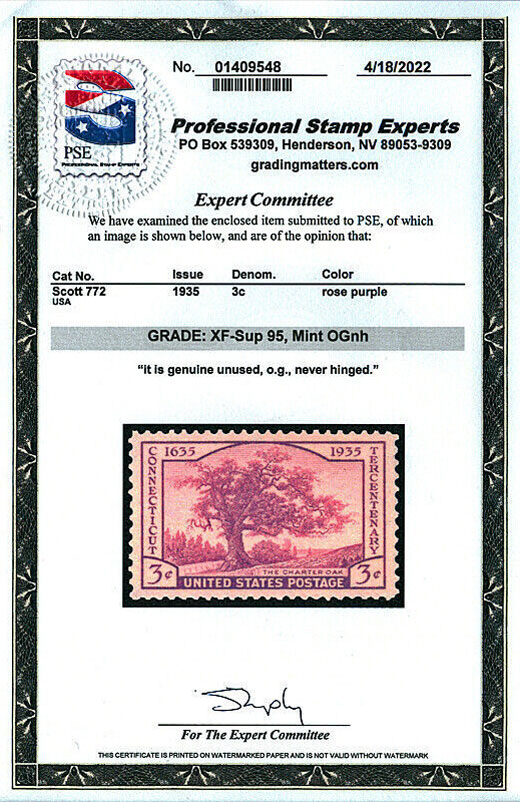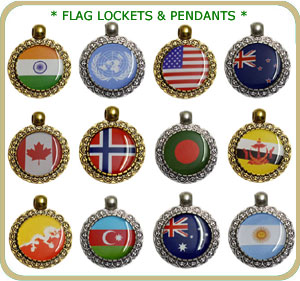US 1935 Connecticut Tercentenary 'The Charter Oak' 3c. Scott. 772


Series: Connecticut Tercentenary Issue
Stamp details: The Charter Oak (1857), painting by Charles De Wolf Brownell
Issued date: 26-04-1935 (dd/mm/yyyy)
Face value: 3c.
Emission: Commemorative
Watermark: No Watermark
Catalogue No:-
Scott (USA): 772
Stanley Gibbons (UK): 771
Michel (Germany): 376
Yvert et Tellier (France): 338
Dimensions (height x width):
26mm x 40mm
Printer: Bureau of Engraving and Printing
Print Method: Rotary Press
Stamp Colors: Violet
Perforation: Perf 11 x 10½
Themes: Paintings, Trees, Plants
Total print: 70,726,800 (estimate)
Stamp details: The Charter Oak (1857), painting by Charles De Wolf Brownell
Issued date: 26-04-1935 (dd/mm/yyyy)
Face value: 3c.
Emission: Commemorative
Watermark: No Watermark
Catalogue No:-
Scott (USA): 772
Stanley Gibbons (UK): 771
Michel (Germany): 376
Yvert et Tellier (France): 338
Dimensions (height x width):
26mm x 40mm
Printer: Bureau of Engraving and Printing
Print Method: Rotary Press
Stamp Colors: Violet
Perforation: Perf 11 x 10½
Themes: Paintings, Trees, Plants
Total print: 70,726,800 (estimate)
Description:- The Charter Oak was an unusually large white oak tree growing on Wyllys Hyll in Hartford, Connecticut in the United States, from around the 12th or 13th century until it fell during a storm in 1856. According to tradition, Connecticut's Royal Charter of 1662 was hidden within the hollow of the tree to thwart its confiscation by the English governor-general. The oak became a symbol of American independence and is commemorated on the Connecticut State Quarter. In 1935, for Connecticut's tercentennial, it was also depicted on both a commemorative half dollar and a postage stamp.
Source: en.wikipedia.org/wiki/Charter_Oak
Source: en.wikipedia.org/wiki/Charter_Oak




